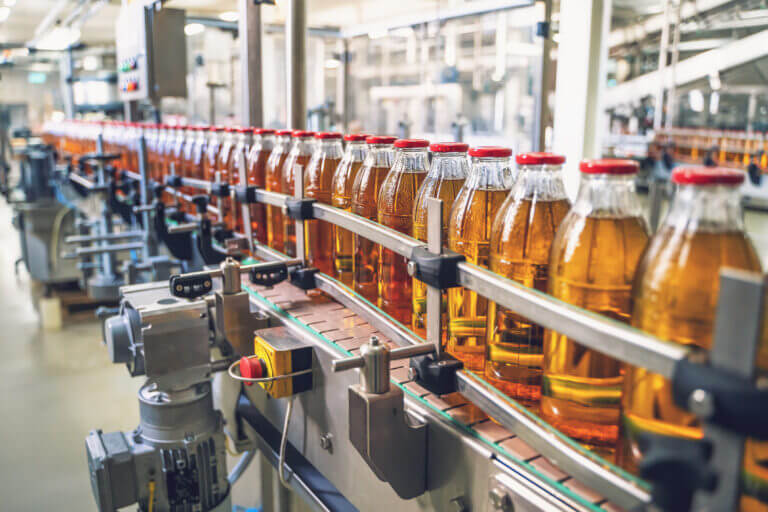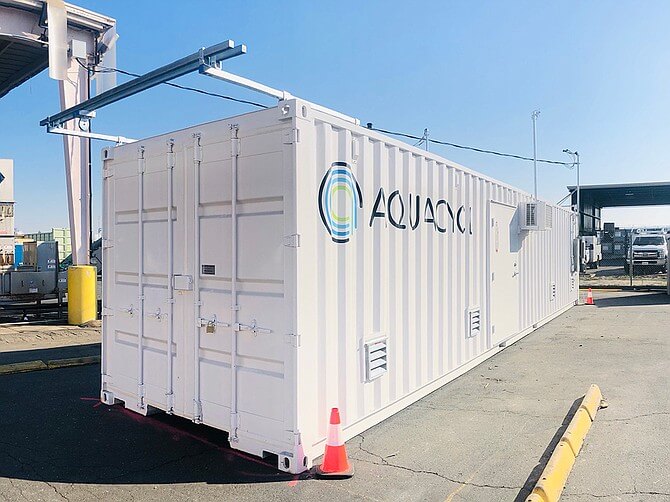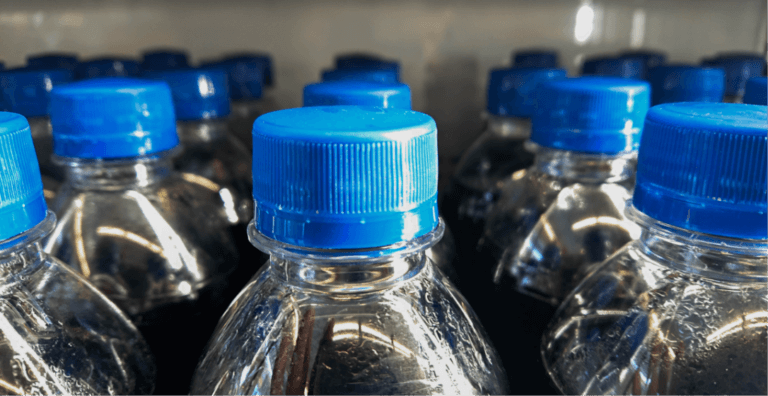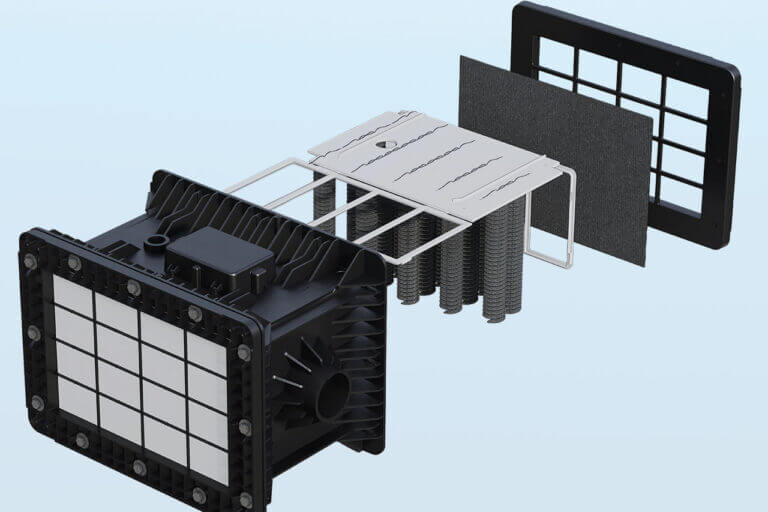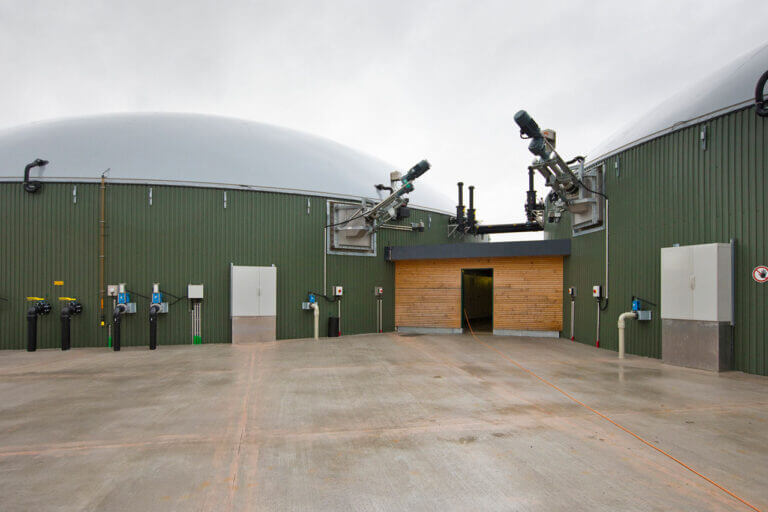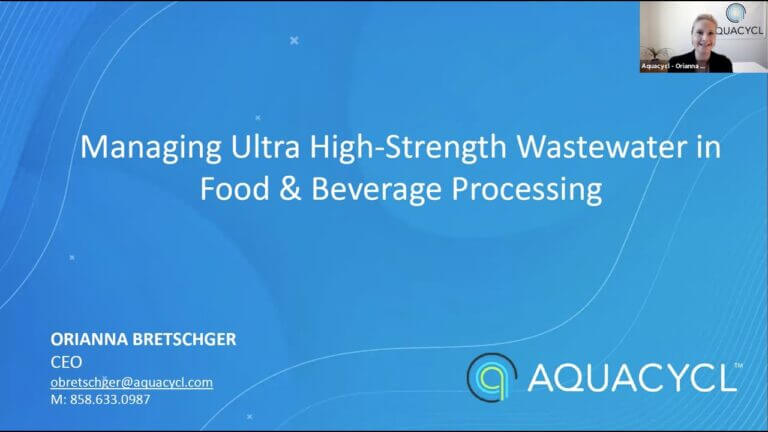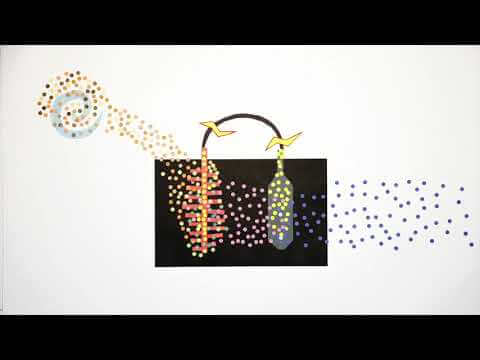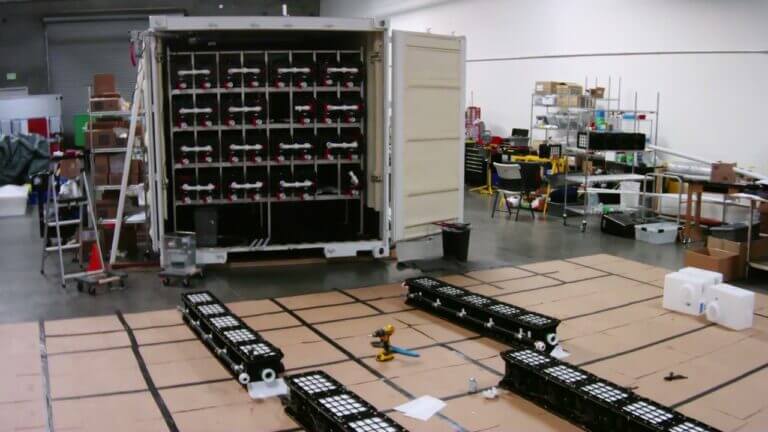By now, you’re likely familiar with the numerous benefits that flow segregation in your wastewater treatment processes can bring. From cost savings and efficiency improvements to reductions in greenhouse gas emissions (check out this blog for a deeper dive into these benefits). Although these benefits sound impressive, it’s challenging to quantify their impact on your facility without putting numbers to paper.
In this blog, we will walk through a theoretical example illustrating how flow segregation translates to saving energy —and consequently, costs and emissions. This example is based on data from food and beverage manufacturing facilities, demonstrating the projected savings from adopting flow segregation.
This is the second blog in our flow segregation series. Read the first one here to discover the simplest way to implement flow segregation at your own facility.
The Scenario
In this scenario, two food and beverage manufacturing facilities take different approaches to treating their wastewater. While these facilities produce the same products and generate wastewater of the same volume and concentration, their differing treatment processes lead to drastically different outcomes in terms of energy usage and costs.
Facility One: The Traditional Approach
At Facility 1, all wastewater generated by the facility flows into a single wastewater tank for treatment. They produce 100,000 gallons per day (GPD) with a high biochemical oxygen demand (BOD) concentration of 2,000 mg/L.
The facility’s treatment system consumes significant energy to process this flow, about 5,426 kilowatt-hours per day (kWh/D) of energy. This energy input reduces the BOD concentration to 300 mg/L, just meeting the discharge limits. In energy alone, this facility spends $168,000 per year to achieve this discharge concentration (assuming $0.10/kWh).
Facility Two: A Flow Segregation Approach
Meanwhile, Facility 2 utilizes a flow segregation approach. They separate the Clean-in-Place (CIP) rinse—a smaller yet significantly more concentrated flow—from the rest of the wastewater. This CIP rinse, although just 10,000 GPD, has a hefty BOD concentration of 18,200 mg/L.
They utilize the BETT® system to treat this highly concentrated flow, removing 85% of its BOD. This reduces the BOD concentration of the segregated flow to 2,700 mg/L while saving energy and consuming only 60 kWh/D, thanks to the system’s efficiency.
This treated flow is then combined with the remaining 90,000 GPD of wastewater, which has a BOD concentration of 22 mg/L. The combined flow, now back at 100,000 GPD, has a concentration of just 290 mg/L BOD. While this is below the discharge limits for the facility, treating this volume and concentration requires only 180 kWh/D. By adopting this approach, Facility Two spends just $5,600 per year on energy for wastewater treatment.
By adopting flow segregation, the second Facility significantly reduces their energy requirements for treatment, leading to an annual energy cost savings of $162,400 – a 96% reduction!
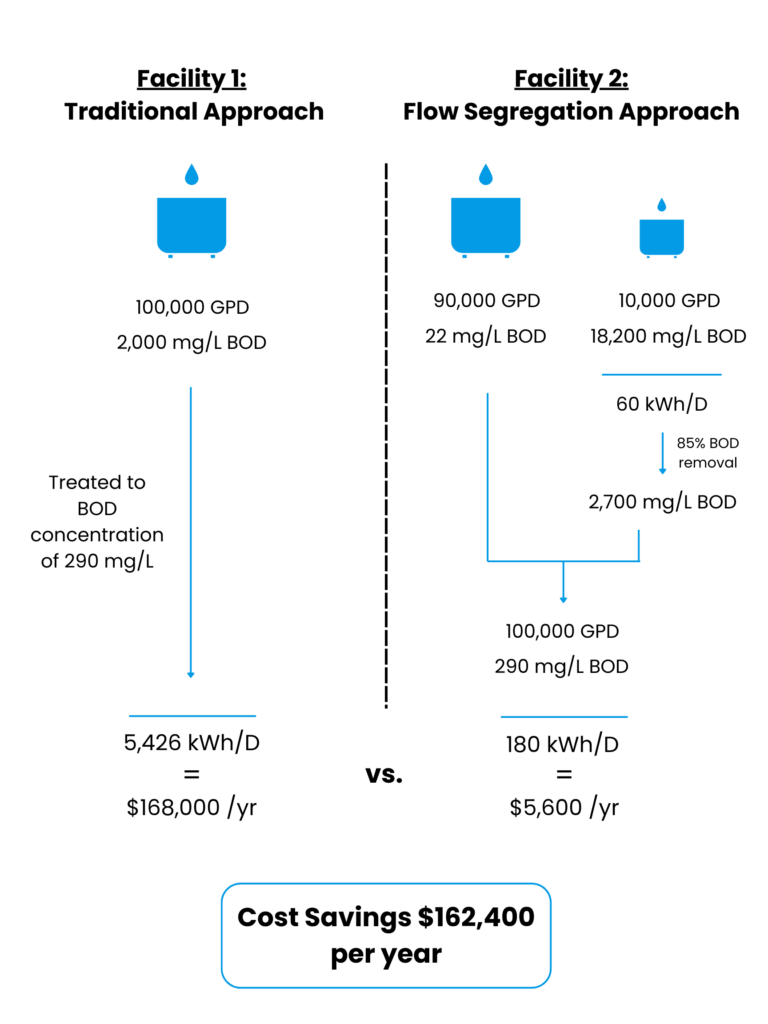
Compounding benefits
While we have outlined the direct energy savings and associated cost reductions, flow segregation offers compounding benefits that can lead to even greater savings for your facility.
First, saving energy through reduced usage translates to lower emissions. This reduction stems from Scope 2 emissions if your facility already has onsite wastewater treatment, or Scope 3 emissions from decreased energy usage during downstream treatment and sludge disposal. Additionally, flow segregation lowers Scope 1 emissions by improving the efficiency of all downstream treatment systems, thereby lowering their direct emissions.
Second, improving treatment efficiency through targeted flow segregation reduces sludge production. This not only decreases direct emissions from collecting, dewatering and hauling sludge but also reduces the emissions from sludge breaking down into methane at landfills. Onsite systems often require the offsite disposal of treatment byproducts, such as sludge, because they cannot be discharged to the utility. By segregating flows and using systems like BETT® to treat them, sludge and byproduct production are significantly reduced, and sometimes even eliminated. Since sludge degradation produces methane (CH4), reducing sludge production significantly lowers overall greenhouse gas emissions both directly and indirectly by eliminating hauling and sludge breakdown.
Lastly, flow segregation can help you build a better relationship with your utility. By discharging water that’s easier to treat, the benefits extend to the utility as well, improving their treatment efficiency and reducing their energy requirements. This can help the utility avoid unnecessary shutdowns due to your wastewater and enable better treatment for other industrial dischargers.
By embracing flow segregation, your facility not only saves on energy costs but also contributes to broader environmental and operational improvements.
Achieving the most energy savings
The scenario outlined above is based on a facility utilizing Aquacycl’s BETT® technology to treat their segregated flows. While implementing flow segregation will bring many benefits regardless of the technology used, Aquacycl ensures these benefits are maximized. This is primarily due to the high concentration of segregated streams. Most industrial wastewater treatment technologies struggle to efficiently treat such highly concentrated streams, but the BETT® system excels in these conditions.
By choosing Aquacycl as your industrial wastewater treatment partner, you benefit from our energy-neutral, carbon-neutral onsite treatment system and receive comprehensive wastewater treatment as a service. This means that the hassle of managing an onsite system is taken off your hands with 24/7 remote monitoring and control, as well as all onsite maintenance and servicing performed by Aquacycl’s wastewater experts. We will even help you determine the best streams to segregate to ensure you are optimizing your wastewater treatment.
To find out how much energy and costs your facility can save with flow segregation, schedule a complimentary consultation.


